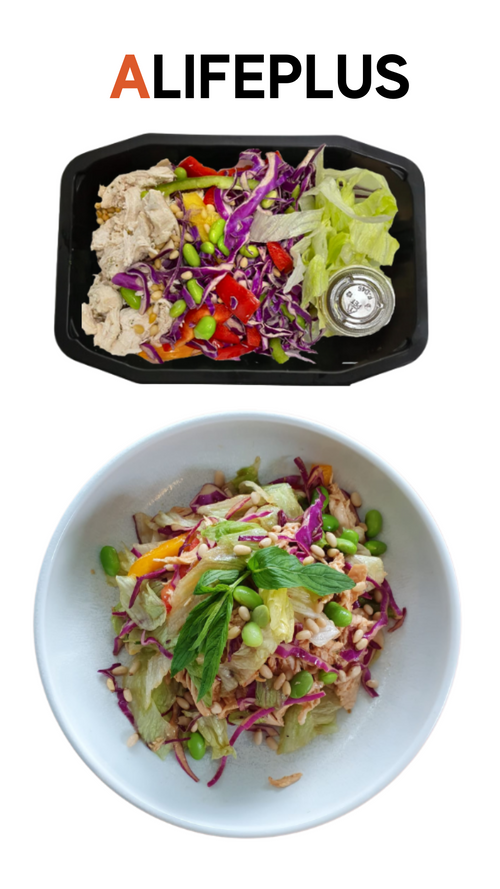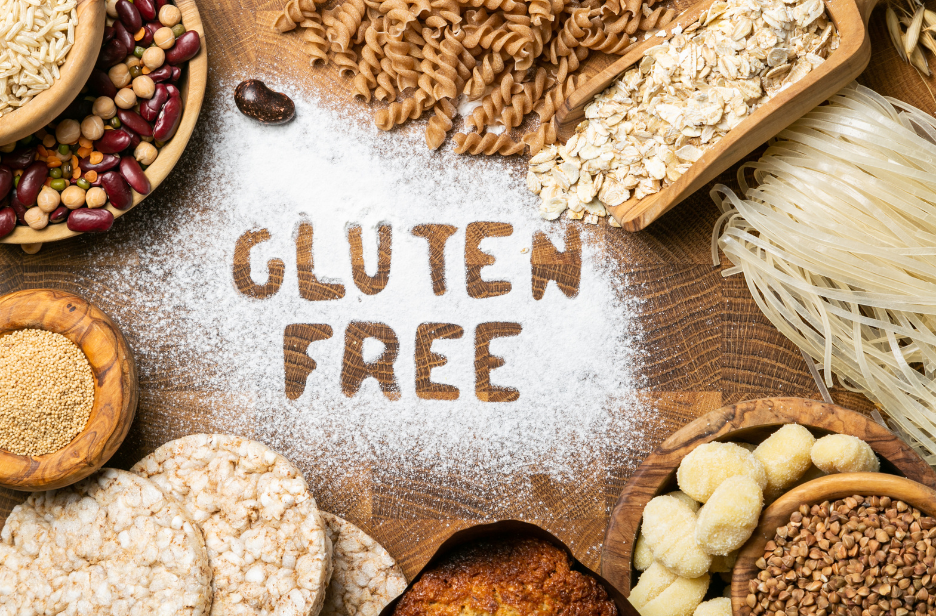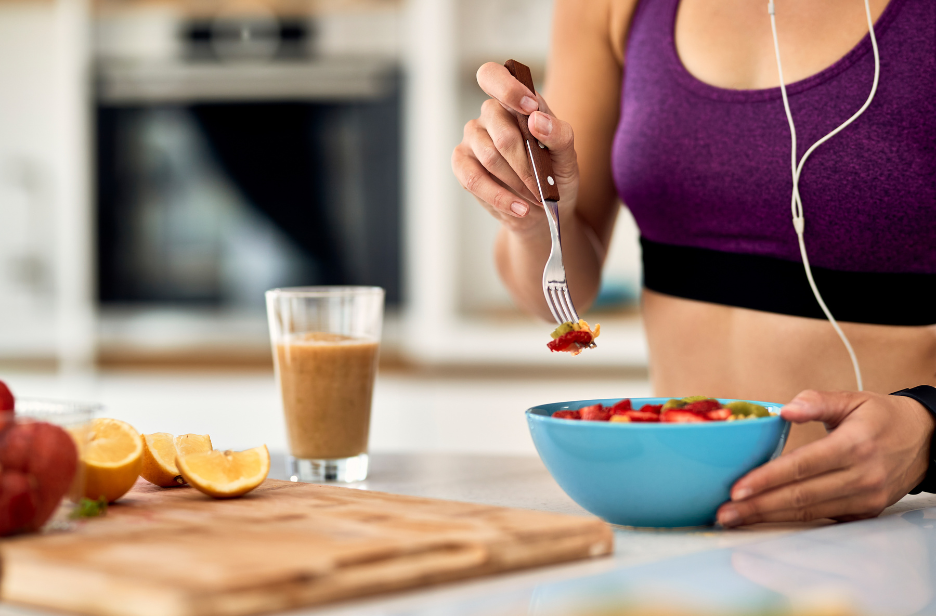29-02-2024
Keto For Beginners:
Everything You Need To Know
Jumping into high-fat, low-carb eating? Here’s what you need to know to sidestep challenges and set yourself up on the path to success.
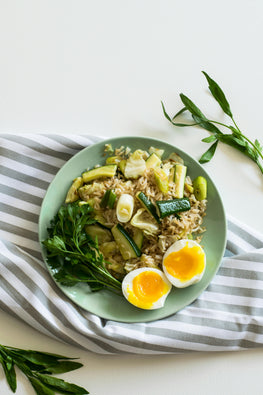
What Is a Keto Diet?
A ketogenic diet may seem like a newly surfaced kind of diet practice, but it has been here for a while now. It first appeared in the 1920’s and was originally recommended by doctors for helping with conditions such as diabetes and epilepsy.
As the times have changed, people are now making use of keto diet meal plans for weight loss and management.
In a classic keto diet, you can find high fat (make up anywhere from 60% to 80% of your daily calories), low carb, and moderate amounts of proteins (make up anywhere from 15% to 20% of your daily calories).
The primary goal for the intake of a keto diet for beginners is to swap the calories from glucose with healthy fats. Fatty food items are the nutrition centers of any typical keto meal plan. Carb intake is restricted to no more than 50 grams a day.
As per the studies, people who follow this low-carb keto diet are most likely to have their weight managed within the first 3 to 6 months. However, as the keto diet calls for drastic lifestyle and diet changes, you must first ask your nutritionist to know whether it is right for you before you step foot on this journey.

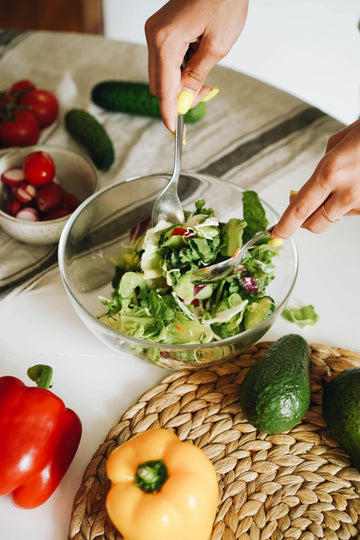
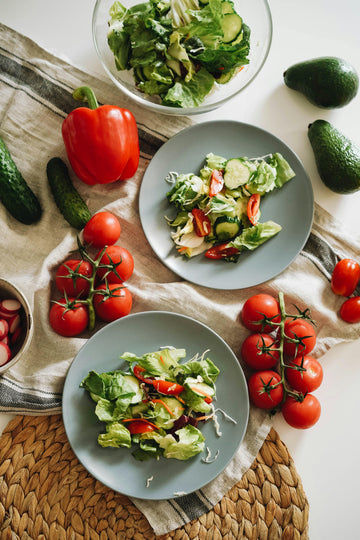
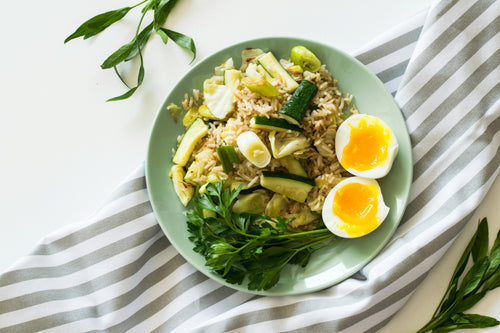
Table Of Content
- What Is a Keto Diet?
- How Does The Diet Work?
- Foods To Eat On The Keto Diet Plan
- Foods To Limit On The Keto Diet Plan
- Keto-Friendly Snack Option
- Top Benefits Of The Keto Diet
- Potential Risks From A Keto Diet
- The Bottom Line
How Does The Diet Work?
The Keto diet involves a drastic reduction in the amount of carbs you take on an everyday basis and replacing it with fats. This change in your diet puts your body into the metabolic state - ketosis.
Ketosis is a type of metabolism that produces compounds called ketone bodies to replace glucose as the primary energy source for the brain and central nervous system.
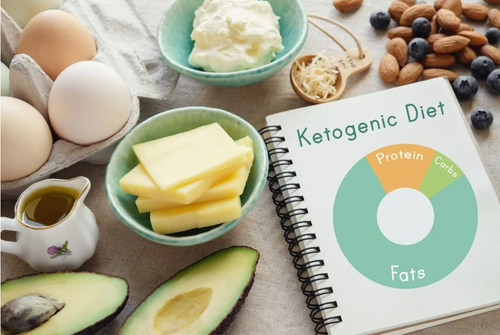
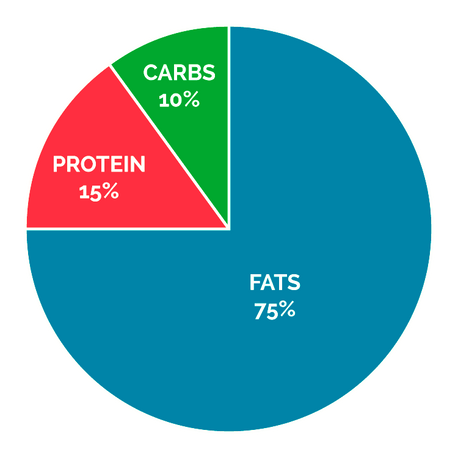
When your body enters ketosis, and there aren’t enough carbs in your diet, the glycogen (glucose) stores in your body start getting depleted. When carbs run out, your body instantly switches its mechanism to break down fat for energy and creates ketones.
It will take a few days for your body to begin to enter into the state of ketosis, ideally.
Foods To Eat On The Keto Diet Plan
When starting with your keto diet plan, you must get ready to eat a whole lot of fats, proteins, and very few carbs throughout your day.
If you are looking forward to building your keto-friendly pantry and stocked-up refrigerator, here is what all you’ll need:

Plenty Of Meats:
Chicken, pork, steak, ground beef, lamb, bacon, turkey, ham, and sausage (in limited amounts).
Shellfish:
Crab, clams, oysters, lobster, mussels.
Fatty Seafood:
Salmon, snapper, tuna, halibut, cod, trout, catfish, scallops.
A Wide Selection Of Vegetable
Cauliflower, cabbage, broccoli, zucchini, green beans, peppers, eggplants, tomatoes, asparagus, cucumber, onion, mushroom, spinach, lettuce, and olives.
Variety Of Berries:
Blueberries, blackberries, and raspberries, all in moderation.
Most Nuts:
Almonds, peanuts, macadamia nuts, pecans, hazelnuts, walnuts, and their retrospective butter (look for natural varieties that aren't sweetened).
Most Fats And Oils:
Eggs, butter, coconut oil, olive oil, ghee, lard, avocado oil (and avocados!), mayonnaise.
High-Fat Dairy:
Heavy cream, soft and hard cheeses, cream cheese, and sour cream.
Maybe Some Of Your All-Time Favourite Beverages:
Unsweetened coffee and black tea are OK. Dry wine, champagne, and hard liquor can be enjoyed sparingly.
Some Sweeteners
Enjoy stevia and sucralose only once in a while.
Miscellaneous Food Items
Dark chocolate, cocoa powder, unsweetened plant-based milk, greek yoghurt, alternative flours, cottage cheese, eggs, avocados.
Hot Tip: If you're going to spring for wine, keep it as dry as possible — the bottle should have less than 10g of sugar in its entirety.
Foods To Limit On The Keto Diet Plan
The list of food items that you need to avoid is pretty overwhelming. It may include food items that are loved by all, such as Bread, rice, pasta, fruit, corn, potatoes, beans, baked goods, sweets, juice, and most of all - beer!
The list doesn’t end here, there are a lot more that you can’t put in your mouth while practicing the keto diet.
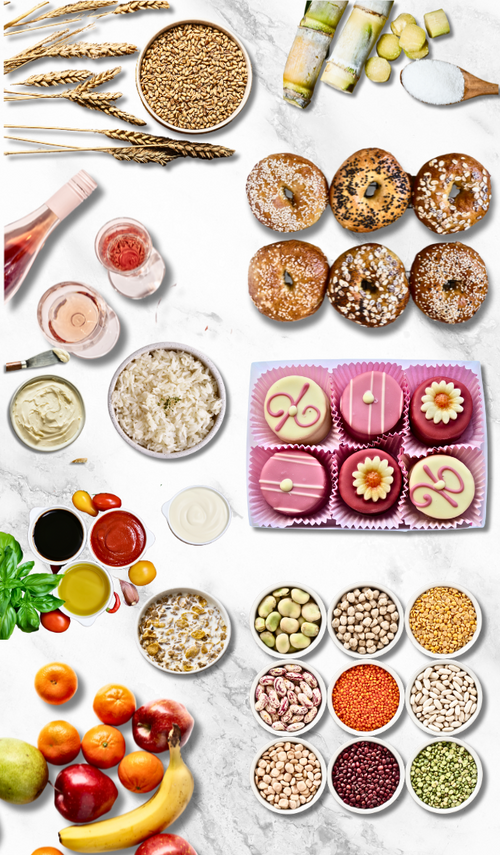
Almost Every Fruit
Apples, bananas, oranges, grapes, watermelon, peaches, melon, pineapple, cherries, pears, lemons, limes, grapefruits, plums, mangoes, and more.
Starchy Food Items
Bread (all of it!), bagels, cereal, pasta, rice, corn, oatmeal, crackers, pizza, popcorn, granola, muesli, flour.
Real Sweeteners And Sugar
Cane sugar, honey, maple syrup, agave nectar, Splenda, aspartame, saccharin, and corn syrup.
Every Grain
Wheat, rice, rye, oats, corn, quinoa, barley, millet, bulgur, amaranth, buckwheat, and sprouted grains.
Legumes
Black beans, kidney beans, pinto beans, navy beans, soybeans, peas, chickpeas, and lentils.
Sugary Treats
Candy, chocolate, cakes, buns, pastries, tarts, pies, ice cream, cookies, pudding, and custard.
Alcohol
Beer, cider, sweet wines, and sweetened alcoholic drinks.
Low-Fat Dairy
Things like skim milk, skim mozzarella, fat-free yogurt, low-fat cheese, and cream cheese. Swap all these items with their high-fat equivalents.
Bottled Condiments
Ketchup, BBQ sauce, tomato sauce, some salad dressings, and hot sauces that contain added sugar.
Some Cooking Oils
Canola oil, soybean oil, grapeseed oil, peanut oil, sesame oil, and sunflower oil.
Miscellaneous Food Items
Flavored yoghurts, fruit juices (fresh or packed), full-fat dairy milk, and some of the gluten-free food items.
Keto-Friendly Snack Option
Quick munching of keto-friendly snacks in between meals can control your hunger and keep you on track with your ketogenic diet. Here are some examples for you:
- almonds and cheddar cheese
- half an avocado stuffed with chicken salad
- guacamole with low-carb veggies
- trail mix made with unsweetened coconut, nuts, and seeds
- hard-boiled eggs
- coconut and kale chips
- olives and sliced salami
- celery and peppers with herbed cream cheese dip
- berries with heavy whipping cream
- jerky
- cheese roll-ups
- Parmesan crisps
- macadamia nuts
- greens with high-fat dressing and avocado
- keto smoothie made with coconut milk, cocoa, and avocado
- avocado cocoa mousse
Top Benefits Of The Keto Diet
Improves Good Cholesterol Levels (HDL)
Higher levels of high-density lipoprotein (HDL), or “good” cholesterol, lowers the risk of heart health.
The best possible way to increase HDL levels is to eat fats and low-carb food items, which is, in short, what we do when we start with the keto diet. In simple words, starting with the keto diet plan can help improve the level of good cholesterol in your body.
Clears Acne
People can have acne-prone skin for several different reasons. However, it has a major link to your diet and blood sugar levels.
According to a
Supports Weight Loss Journey
The keto diet may help promote weight loss in several ways, including boosting metabolism and reducing appetite.
Foods for the keto diet tend to fill a person up and reduce hunger-stimulating hormones. Thus, you can experience a reduction in your appetite and eventually weight loss.
Potential Risks From A Keto Diet
Here are some of the possible risks and drawbacks of continuing with the keto diet:
Possibility Of Keto Flu
You may experience certain kinds of symptoms, such as headache, fatigue, nausea, vomiting, dizziness, insomnia, diminished exercise performance, constipation, and more when you start with the keto diet.
It mainly happens as your body is trying to adapt to a new diet that has minimal carbs, allowing your body to enter the state of ketosis, causing other symptoms like leg cramps, digestive issues, and bad breath. In short, Ketosis may not be for everyone!
Instant Weight Gain
While adapting to the keto diet is known for its weight loss benefits, stopping it could immediately lead to instant weight gain.
Thus, just as beginning with the ketogenic diet must be smooth - getting out of it needs to be very slow and well-planned. Consult with your healthcare professional while beginning and ending the keto diet cycle.
Major Impact On Cholesterol Level
As a keto diet is a typical high-saturated and trans-fat diet, it can raise LDL or bad cholesterol in some individuals. It eventually leads them to the risk of cardiovascular issues such as heart attack or stroke.
Make sure to follow the keto diet under the strict guidance and inspection of a healthcare professional.
Other Common Side Effects
- Low blood sugar level or hypoglycemia.
- Fatigue, hunger, confusion, anxiety, irritability, tachycardia, light-headedness, shakiness, sweating
- Low urine pH which may lead to bone erosion
- Some may experience a disruption in their menstrual cycle.
- Disturbed sleep cycle
Who Shouldn't Follow the Keto Diet Plan
- People with serious health conditions
- People with a history of lethargy
- Individuals allergic to certain food items
- Pregnant or breastfeeding women
- Children below the age of 18
- Diabetes patients who are on insulin, metformin, or other medications
- Individuals with eating disorders
- Underweight people
- People who are recovering from any major surgery
Thus, before you start following the keto diet, you must always undergo health checkups that include blood sugar levels or allergy tests to rule out the chances of rare health complications that could worsen your health after following Keto.
The Bottom Line
Ketogenic diets vary but will consist of about 70–75% fat, 15–20% protein, and 5–10% carbs per day.
It may seem like a daunting task to stay put with this special diet, but fortunately, because of the popularity of the diet, there is a wide range of interesting, healthy keto meal ideas online.
A Keto diet is recommended for all. Thus, it is best advised to connect with a healthcare expert or nutritionist before starting.
Once you have an approved keto diet plan for beginners, you can carefully put your first foot forward toward a happy, healthy, and peaceful life!

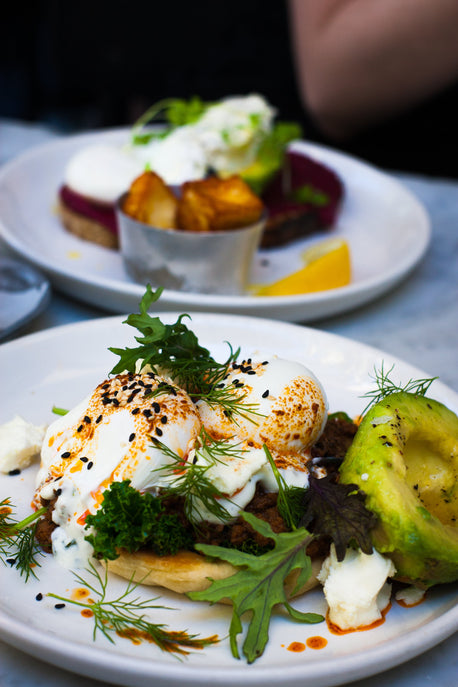
Frequently Asked Questions (FAQs)
What Are Some Of The Basic Rules Of Following The Keto Diet?
A - Individuals who may want to follow a ketogenic diet must focus on high-quality fats and proteins while restricting their carb intake to 5-10% of their total everyday calories. Also, include less processed food items such as nuts, lots of meats, and more to enjoy the most benefits from the diet.
Is Ketosis Bad For You?
A - Although there is a risk of people catching keto flu, putting your body into the state of ketosis for a limited amount of time is less likely to harm healthy people.
Is There A Reason To Be Concerned About The Keto Flu?
A - Keto flu can be a not-so-good side effect of the ketogenic diet. Once you are on keto, you have less energy in your body, and you may even feel sick or sluggish most of the time. But, these symptoms withdraw with time as your body gets adjusted to the changes in the diet.



